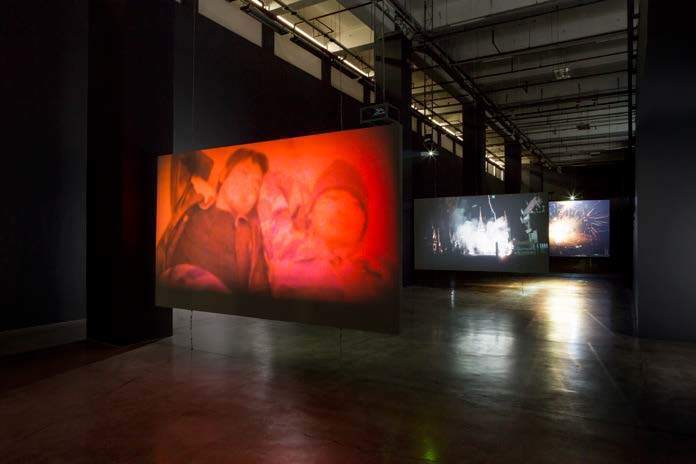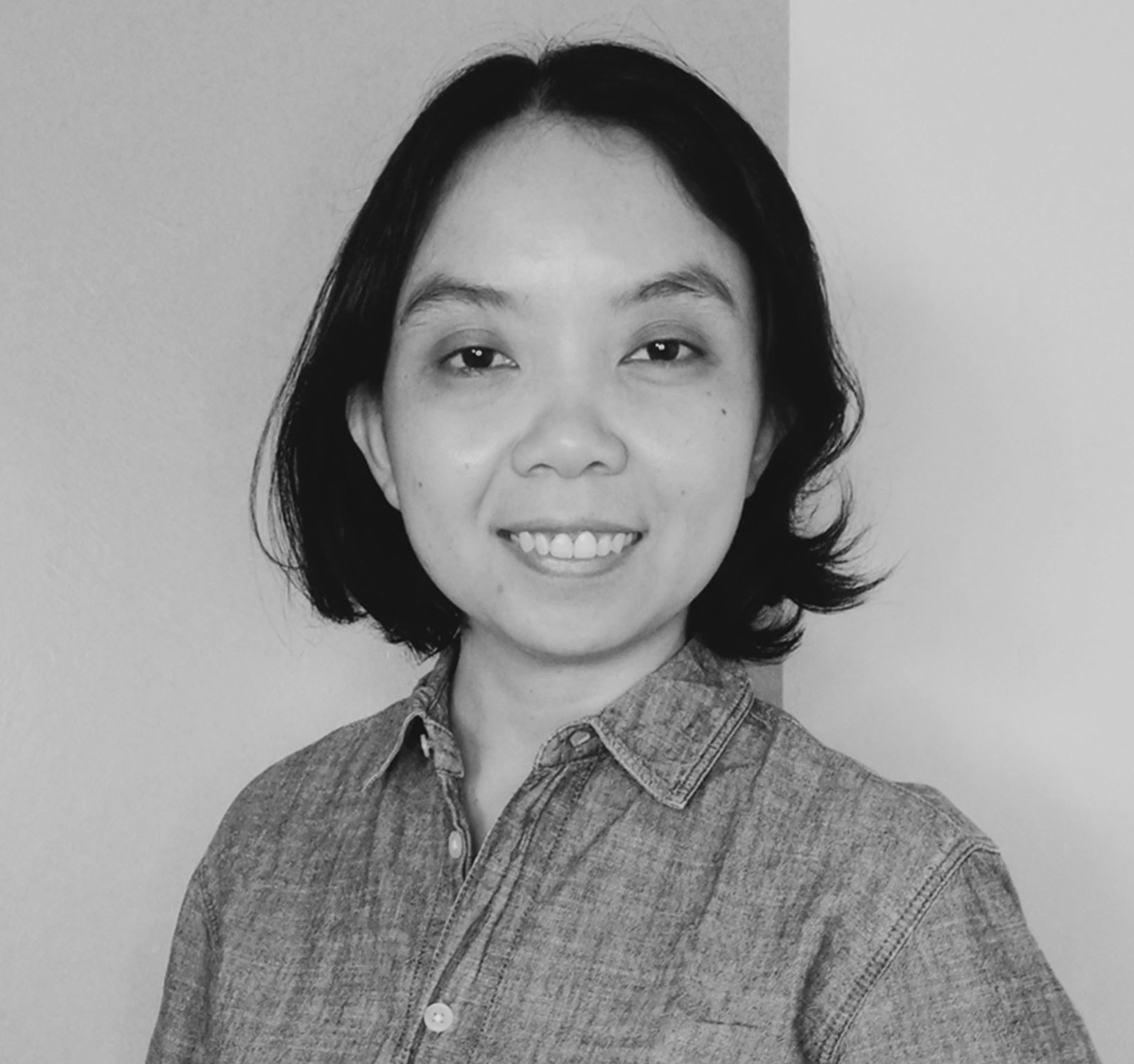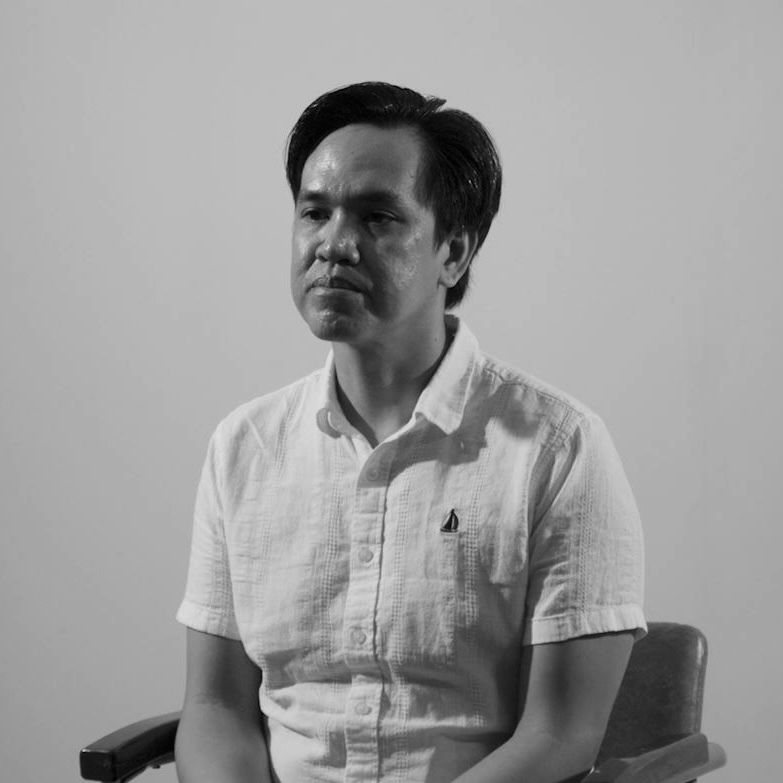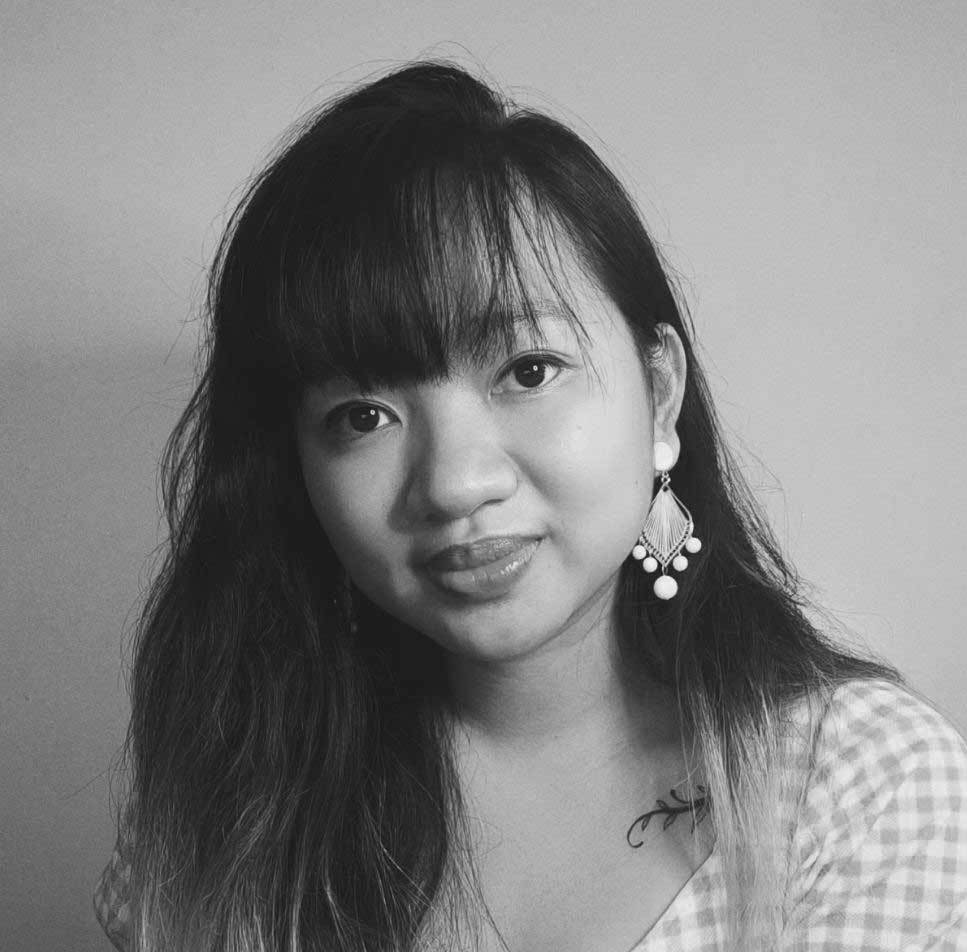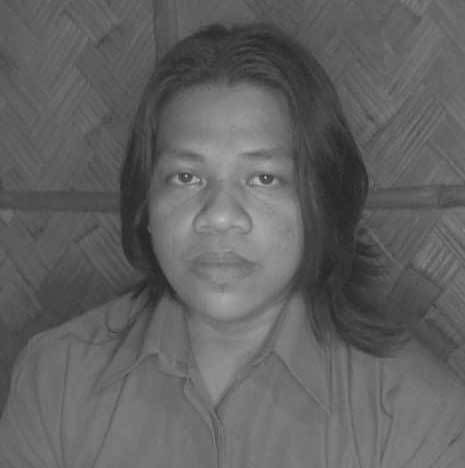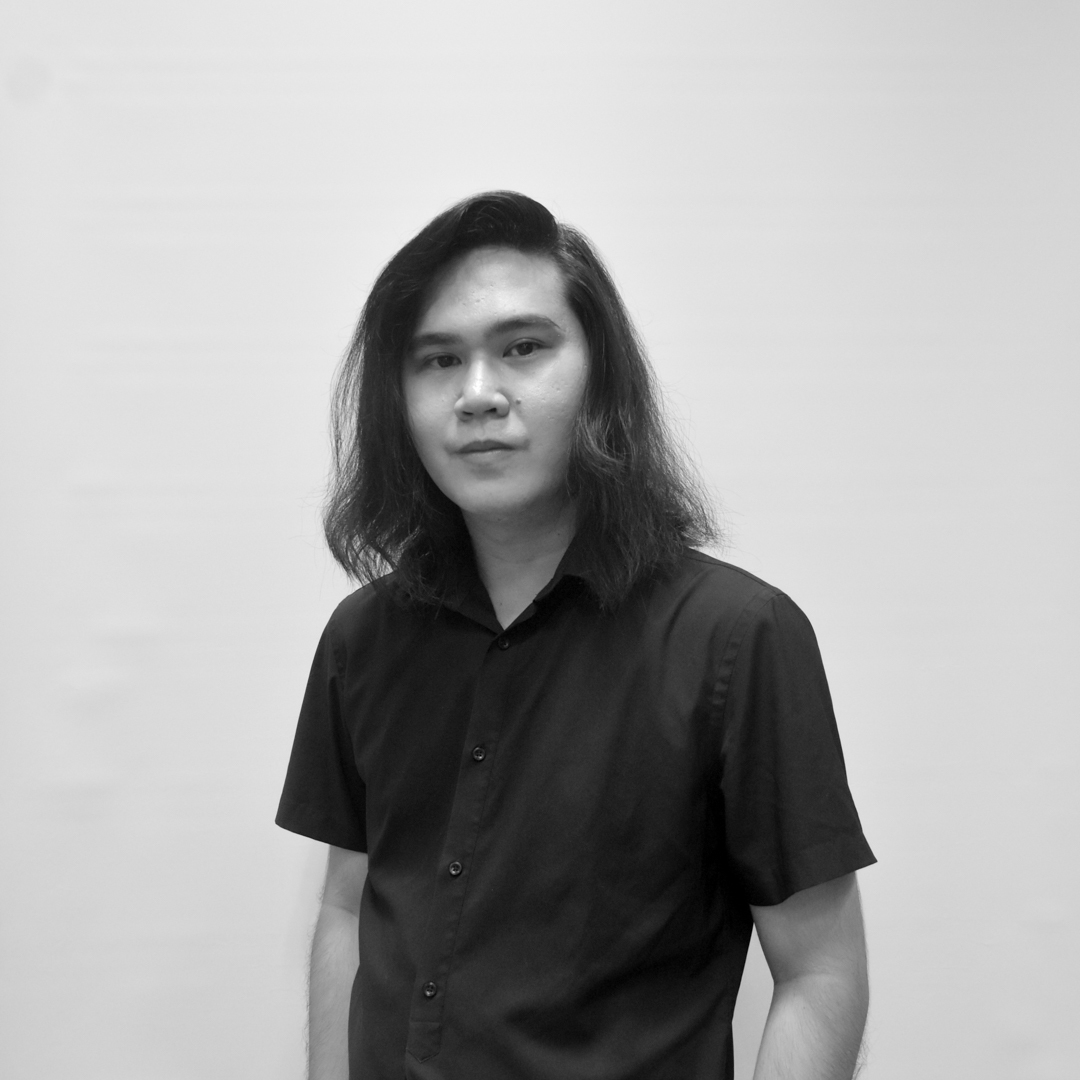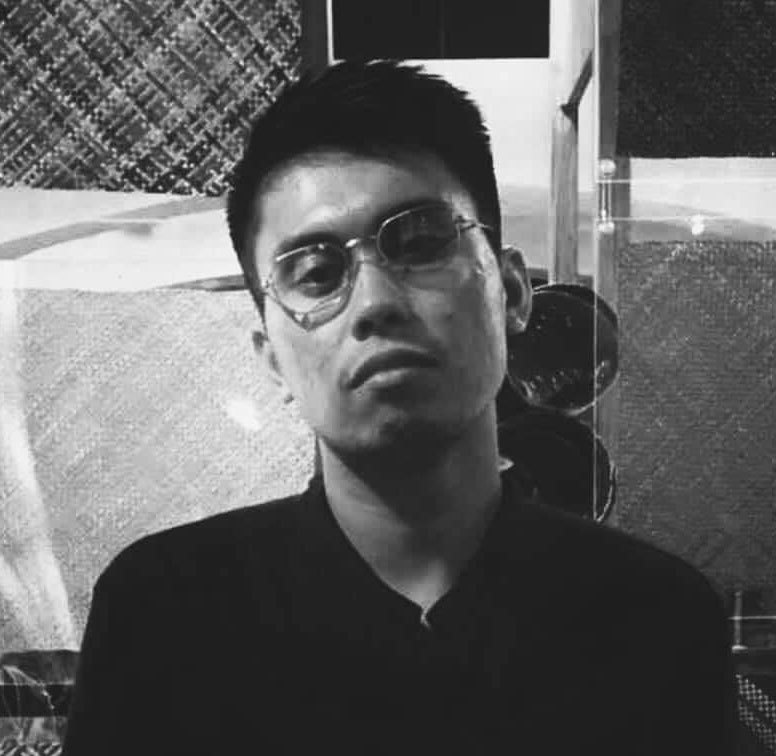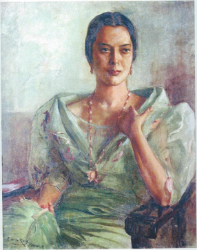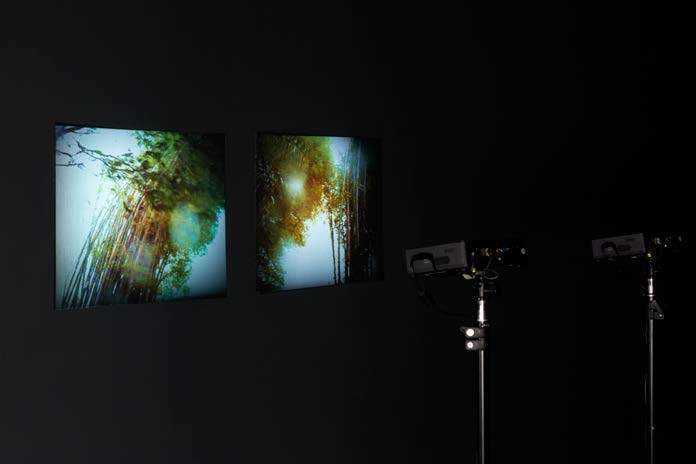
“History is form,” asserts Apichatpong Weerasethakul in his public lecture, entitled Light and Home. Born and raised in Thailand, Apichatpong’spoetics of filmmaking is influenced by the history and ecology of hishometown, while simultaneously insistent on the possibilities of play, madness: cinema, for him, is time, a “distortion machine,” that alters as much as it mimics the real.
It is then critical for his first solo exhibition in Manila, entitled The Serenity of Madness, to begin with a public lecture: on 17th of February 2017,Apichatpong’s baring of his poetics as a filmmaker is the historic, if notcinematic, moment that frames the exhibition. As such, the event itself then becomes a work exhibited, performed alongside the attendees ofthe lecture, who were given the first chance to the exhibit.
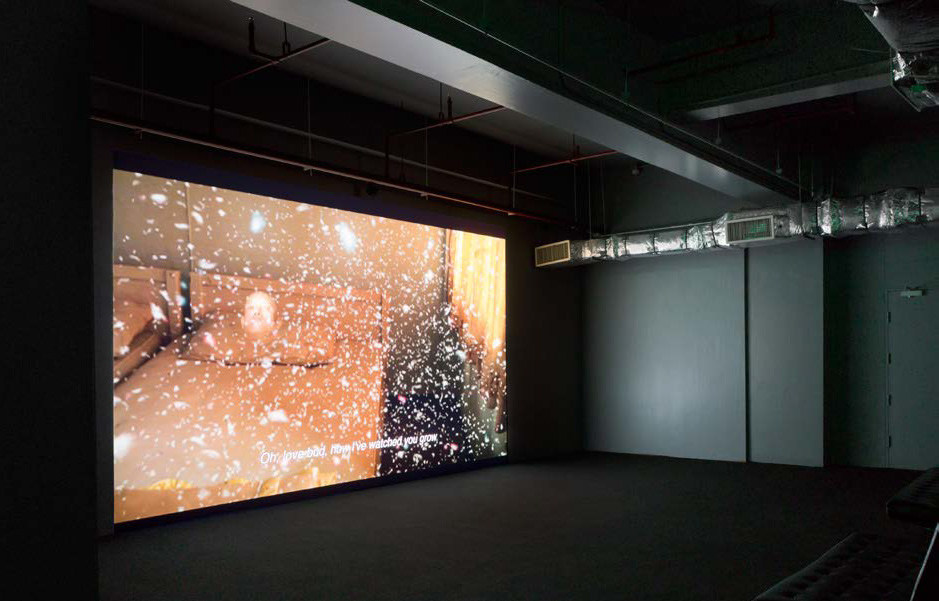
Apichatpong names the space of the theater as a modern cave, likening it to Plato’s allegorical one. Letting the attendees move from the lecture hall—a cave too in itself!—down to the Museum of Contemporary Art and Design, one is thus subjected to an inversion of the Platonicenlightenment: the walk down the flight of stairs worth of five floors isthe allegory for excavation, leading back to the cave that is the gallery.
The gallery that exhibits more than 20 of Apichatpong’s works, spanning his entire career, from his earliest experimental videos to his most recent works: the gallery thus becomes a cave, unto whose walls and glass screens are projected Apichatpong’s history as an artist. In the dark of the gallery in Taft, one is thus transported in time, serenely and maddeningly simultaneously: one is defamiliarized in space, in the nature of reality itself, via the softness of the projected lights.
Nabua (2009) is a looped 9-minute video installation, meanwhile on mute, features multiple lightning bolts striking a landscape, implied to be of the village of the same name, located in the northeast of Thailand. The video is the form by which Apichatpong exhibited the history of the said space: Nabua is critical in Thai history as one of the sites of Communist Party resistance in the 1960s.
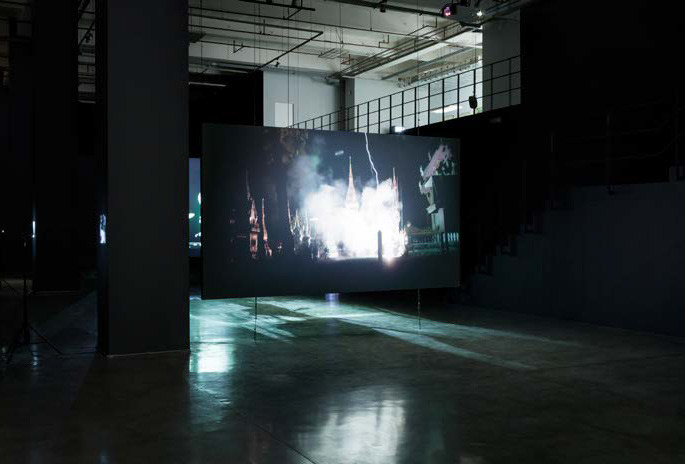
Emerald (Morakot) (2007) features a room in the now defunct hotel Morakot, located at Bangkok, which opened during the 1980s, a critical turn in the Thai history for industrialization as well as for theinflux of refugees from Cambodia. The economic crisis, however,halted the hotel’s operation by 1997. In an attempt to revive the hotel, Apichatpong’s 12-minute installation featured three actors, with allwhom he collaborated with in his films, to recite memories of their own, as means of filling the space with different, if not new, memories.
Through weaving history into his works, Apichatpong in effect weaves as well an alternative history via videography—perhaps madness when considered alongside his chosen form: digital videos, a medium that realistically acknowledges its own materiality as a spectacle, as a spectator. However, for Apichatpong, seeing can only be an illusion,and madness can only be intensified, toward an excitement of certainserenity, instead of hysteria, by the madness of his histo-videography. For instance, Velocity (2016) is a 3-minute installation that features tree tops: through the manipulation of brightness and contrasts, the realsupposed as the origin point of film/making is thus lost, leaving onlya chromatic ephemera that renders the things in sight to be anything other than ordinary.
